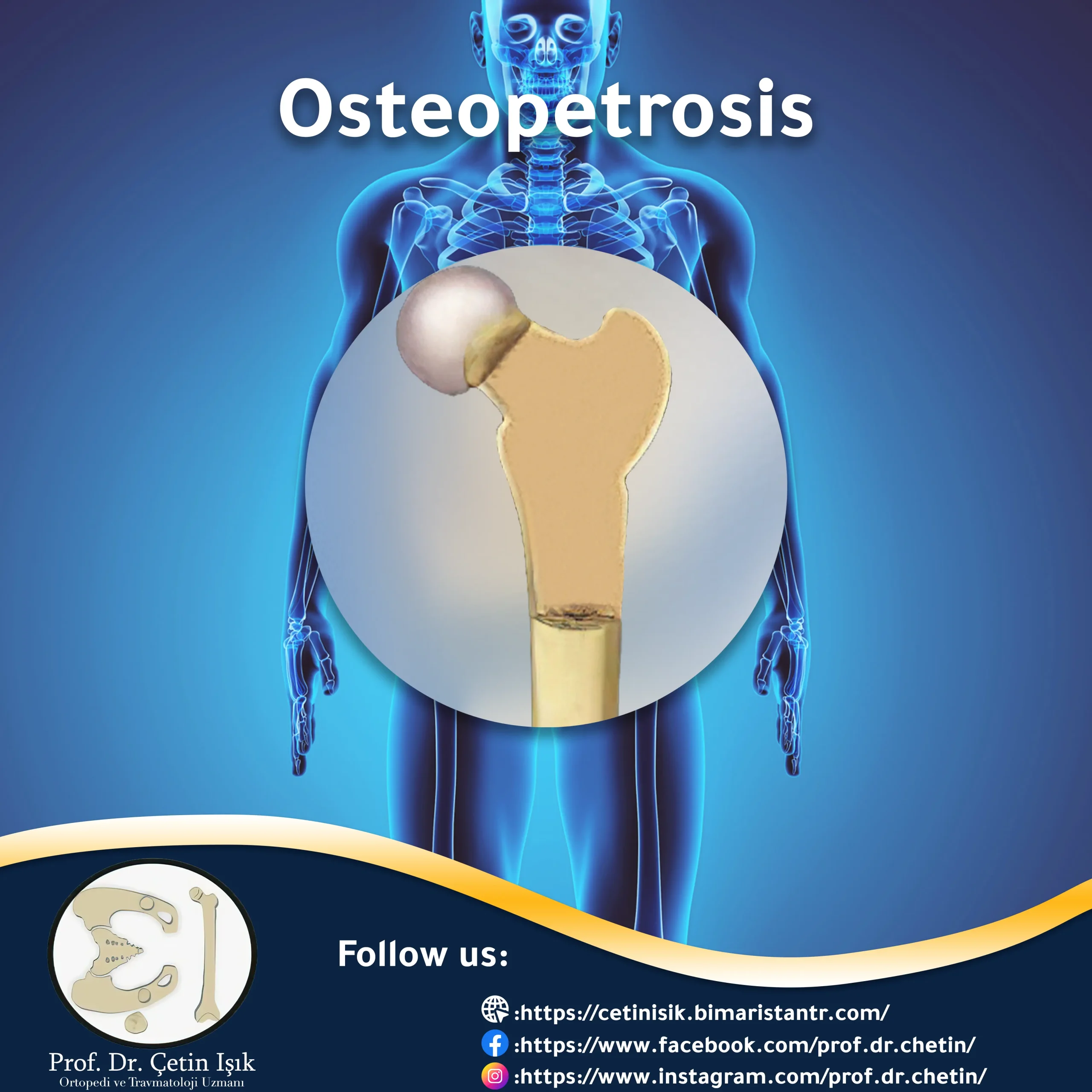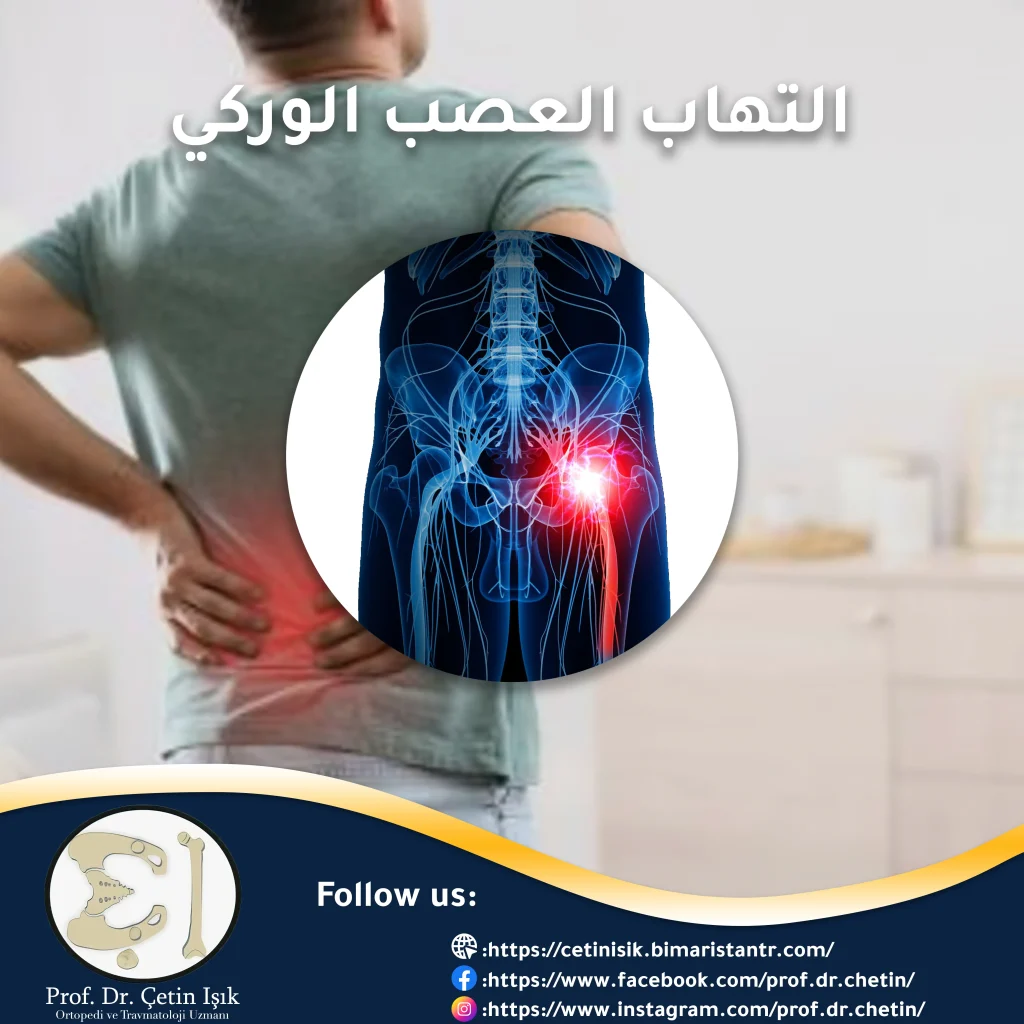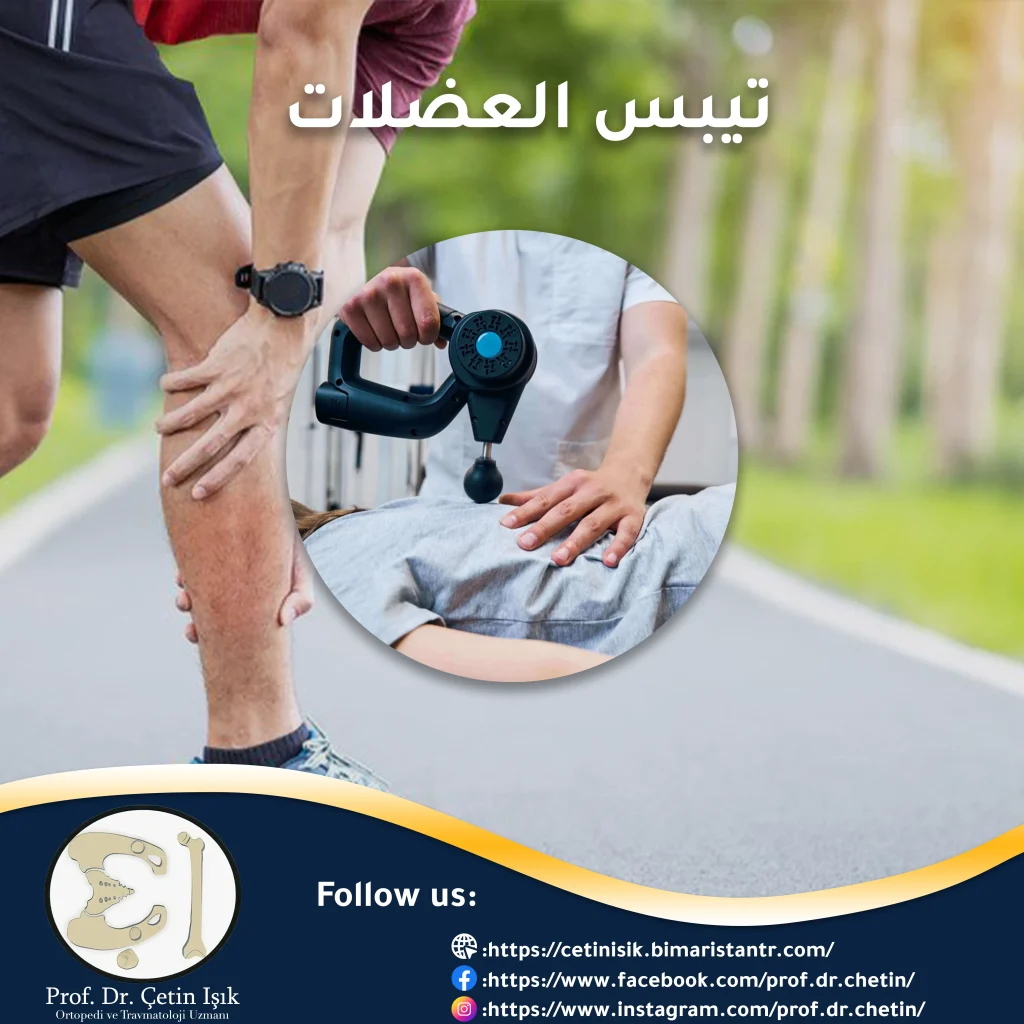Osteosclerosis is a rare disease that occurs due to increased bone density, which leads to stiffness and hardening of the bone. Symptoms vary according to the type of sclerosis. Hearing impairment may occur due to sclerosis of the middle ear.
The hardening of the bones osteochondrosis It is an acquired or hereditary disease in which bone density increases Marble bone diseaseIt differs from osteoporosis, in which bone density is reduced. Symptoms of sclerosis vary in severity, from asymptomatic to fatal symptoms in childhood. It should be noted that early diagnosis of sclerosis plays an essential role in treating sclerosis.
In this article, we will learn how sclerosis occurs and what is the treatment for Osteosclerosis that relieves bone pain.
The most important information about Osteosclerosis
Bones mainly consist of a protein structure with a mineral and three types of cells (osteoblasts, osteoclasts, and mature bone cells); where the protein structure is called collagen, and the mineral is calcium phosphate which supports the rigidity of the skeleton, calcium is stored inside the bones. Some of it is released into the blood when you need it in other organs in the body. Bones consist of cortical bone, which forms the outer layer, and spongy bone, which lies within the cortical bone.
The definition of Osteosclerosis or disease Bone rocks Osteopetrosis It is a rare acquired or hereditary disorder that causes increased bone density, which usually occurs in cancellous bone or cortical bone as a result of a defect in the function of osteoclasts, which leads to failure of normal bone resorption, and with the continuation of normal bone formation through osteoblasts, excessively mineralized bone is deposited and occurs Osteosclerosis.
Osteosclerosis is a completely different disease from scleroderma, muscular sclerosis, atherosclerosis, and arteriosclerosis Joint stiffness And whose causes are different, it is not surprising that aging and osteoporosis cause morning sclerosis; in contrast bone ossification whose causes are hereditary and acquired.
Types of Osteosclerosis
Osteopetrosis usually affects people with a family history of the disease more than people who do not have a family history of the disease. Therefore, the types of osteopetrosis are divided into two categories:
Acquired Osteosclerosis
Where the cause of sclerosis is not genetic but rather due to several diseases, and there are many diseases, the most important of which are:
- Malignant bone tumor resulting from prostate or breast cancer
- Paget's disease that affects the bones
- osteomyelitis, chronic
- Bone marrow fibrosis
- Hyperparathyroidism
- Excess vitamin D
- Mastocytosis
- hepatitis c
- Schnitzler's syndrome
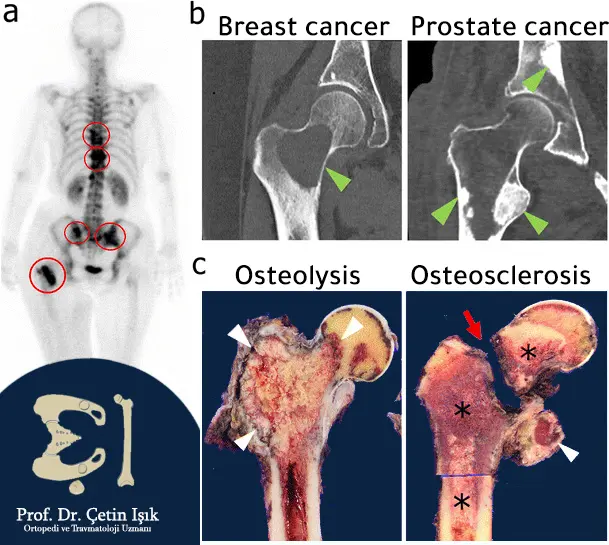
Hereditary Osteosclerosis
Hereditary sclerosis is divided according to the severity of the disease, the type of gene present, and the age at which symptoms appear into three sections, namely:
- Osteosclerosis is an autosomal recessive form and is the most severe childhood form of the disease, with symptoms appearing at or shortly after birth.
- Osteosclerosis is an autosomal dominant type, the non-infantile form of the disease, in which symptoms appear later than in childhood. The disease may be diagnosed during adolescence or adulthood.
- X-linked sclerosis is a rare disease that can affect many body areas.
Causes of bone hardening
Osteoporosis usually occurs due to inheritance from one or both parents of this disease, where people with sclerosis have genes that make the body produce few cells or abnormal cells for osteoclasts, and with the continuation of the work of osteoblast cells, bone accumulation occurs due to the building of new bones and the failure to destroy old bones, or it may occur The disease is due to many disturbances of calcium in the body, and it is acquired and is rare.
Symptoms of Osteosclerosis
Symptoms vary according to the location and type of multiple sclerosis or the site that affects the bones and the pattern of the gene that the patient carries. Osteopetrosis is characterized by the following:
- Bone growth stops and many deformities occur
- Increased risk of bone fracture
- Anemia, frequent inflammation in the body, enlargement of the liver and spleen due to low immunity
- Disturbances in the regulation of body temperature
- Deformation of the ribs
- Spinal deformities such as scoliosis
- Low concentration of calcium in the blood
- Craniosynostosis
- Cranial nerve paralysis
- Hearing impairment due to otosclerosis
- Bone pain
- The patient may become blind or paralyzed in the face and deafness, due to nerve compression when bone density increases
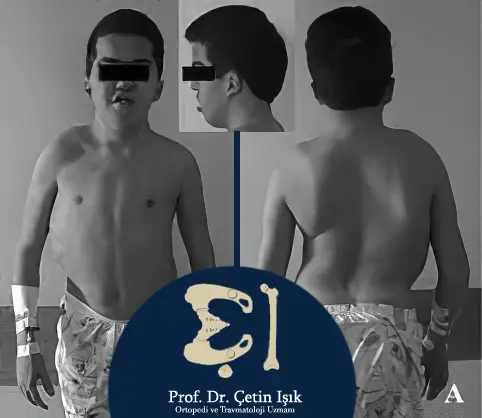
Diagnosis of Osteosclerosis
The disease is detected through a clinical examination of the patient, asking about the presence of the disease in family members and a detailed history of the patient as well, and conducting several medical examinations such as:
- BMD measurement of bone density
- X-ray
- CT
The results of sclerotic bones radiographs are sufficient for diagnosis, which may show widespread sclerosis in the skull, spine, and pelvis, or focal sclerosis of the base of the skull, some vertebrae, and the pelvis, or defects in the shape of the surrounding and long bones, such as seeing the funnel shape in the bones.

Treatment of Osteosclerosis
The treatment of Osteosclerosis depends on the quality and severity of the symptoms for each person, but often the sclerosis of the elderly does not require treatment, unlike the childhood stage, which needs necessary treatment. The most important treatment methods are:
- giving Vitamin D Which helps bone resorption by stimulating osteoclast cells
- Taking gamma interferon, which improves the function of white blood cells
- Erythropoietin is used to treat anemia
- Use of corticosteroids to treat anemia and help bone resorption
- Bone marrow transplantation, in some cases associated with bone marrow failure in children
- Some cases may require orthopedic surgery to straighten bones due to fractures, such as: leg fractures or for functional or aesthetic reasons such as bone deformity and multiple fractures or due to severe degenerative joint diseases (Osteoarthritis.)
At the end of the article, Osteosclerosis is usually a genetic disease that occurs due to an increase in bone density, which may be caused either genetically or acquired or localized, multifocal, or generalized. The duration of symptoms and the severity of the disease or pain varies according to the sclerosis type. The most important investigations to diagnose the disease and treatment options vary between bone marrow transplantation and taking some medications to surgery when needed.
Sources:
Common questions
Osteosclerosis may be either an acquired disease (due to bone marrow fibrosis, hyperparathyroidism, hypervitaminosis D, mastocytosis, or hepatitis C) or an inherited disease. Osteosclerosis is usually a hereditary disease.
The symptoms of sclerosis vary according to the hardened area and its type. Stiffness may occur in the stirrup bone, for example, and cause hearing loss in the ear, or serious symptoms may occur. The most important symptoms that a person suffers from are the cessation of bone growth and many deformities, anemia, recurrent inflammation in the body, deficiency in Calcemia, craniosynostosis, cranial nerve paralysis or hearing difficulty in the ear due to otosclerosis and bone pain.
Treatment differs from one patient to another according to the type and severity of symptoms. Marrow transplantation with stem cells in children is a useful treatment, as well as the use of erythropoietin and corticosteroids, after reviewing a specialist in the orthopedic clinic.
This results from staying for a long time without moving the body, such as sleeping, for example, as the cartilage absorbs fluids that help the joints of the body slip, causing stiffness in the body, inability to move, or pain in the bones and joints, as well as bone friction with each other, which happens when waking up, and that the cold of the bones may cause Feeling of body stiffness as well and difficulty in joint movement.
Food that contains calcium, such as dairy, cheese, or salmon, helps to strengthen bones, or take some medications, after consulting doctors.


